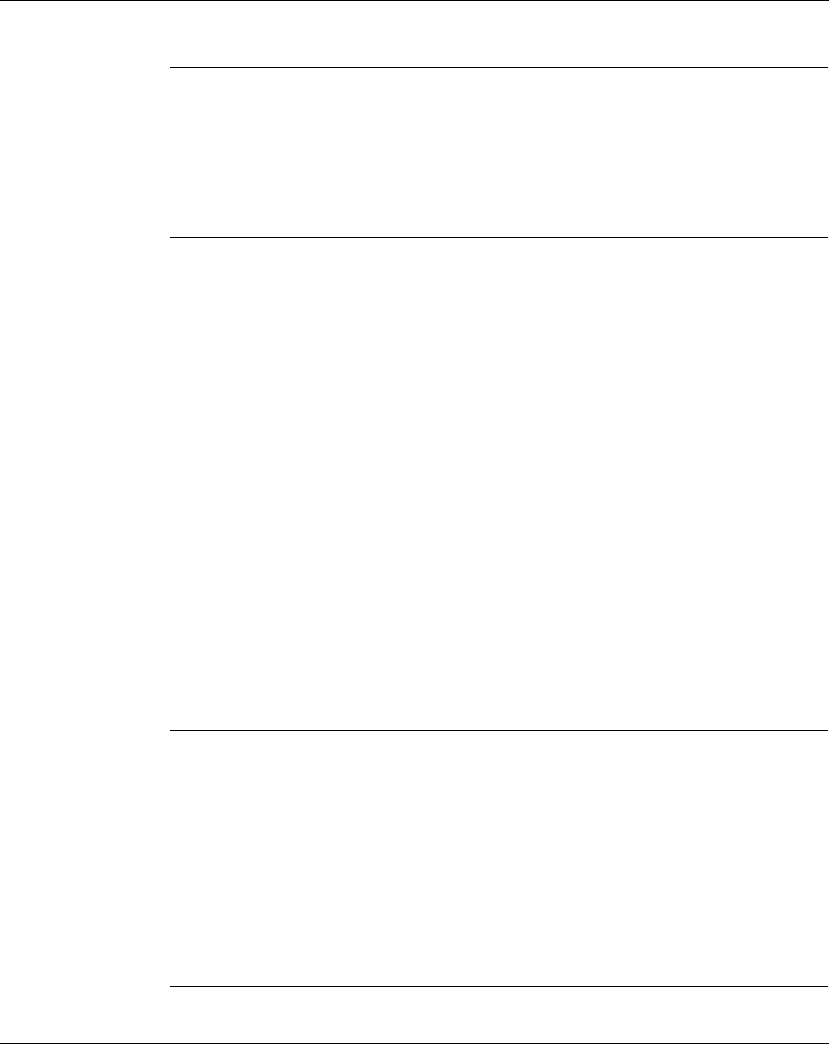
Configuring the TSXCUSBMBP Driver
35011984 02/2006 27
Configuring the Modbus Plus Routing
Introduction
When interfacing to an application through the Virtual Serial Port, the TSXCUSBMBP
operates as a serial Modbus to Modbus Plus converter, similar to the BM85 Bridge
Multiplexer. The Virtual Serial Port captures serial Modbus RTU messages sent by a
Modbus application and redirects them to the TSXCUSBMBP driver. The driver then
converts each message from the Modbus RTU format into the Modbus Plus format
before sending it out onto the network and waiting for a response.
Addressing
Methods
When converting a Modbus RTU request to Modbus Plus, the driver must convert a
single Modbus ID into a 5-byte Modbus Plus routing path. The TSXCUSBMBP driver
supports three different methods of doing this:
1. Explicit Addressing,
2. Direct Addressing,
3. Implicit Addressing.
The first method, known as Explicit Addressing, uses the TSXCUSBMBP driver's
Modbus Routing Table. A unique Modbus ID (also known as Modbus Slave Address
or Modbus Slave ID) is assigned by the user to each Modbus Plus device that will
be accessed from a Modbus application. An entry is then made into the Modbus
Routing Table that specifies the Modbus Plus Routing path to use whenever a
Modbus application sends a Modbus RTU message to that Modbus ID.
The second and third methods use the value of the Modbus ID to generate the
Modbus Plus routing path according to a predefined set of rules. These methods
include Direct Addressing and Implicit Addressing, where the actual addressing type
used is determined by the range of values that the Modbus ID falls into. Direct
Addressing and Implicit Addressing are only used when an entry does not exist in
the Modbus Routing Table for a Modbus ID.
The Explicit, Direct, and Implicit addressing methods are the same methods used by
the BM85 Bridge Multiplexer.
Before
configuring
Before configuring the Modbus Plus routing
1. make a complete list of all Modbus Plus nodes that will be accessed from Modbus
applications. Do not include any Modbus Plus nodes that will be accessed only
with the Diagnostic functions of the TSXCUSBMBP,
2. determine which nodes can be accessed using Direct Addressing or Implicit
Addressing (see below). The Modbus Routing Table has a maximum size of 64
entries and using Direct or Implicit Addressing where possible will limit the
number of table entries that must be used,
3. assign Modbus IDs to all remaining Modbus Plus nodes before entering them into
the Modbus Routing Table where Explicit Addressing will be used.


















